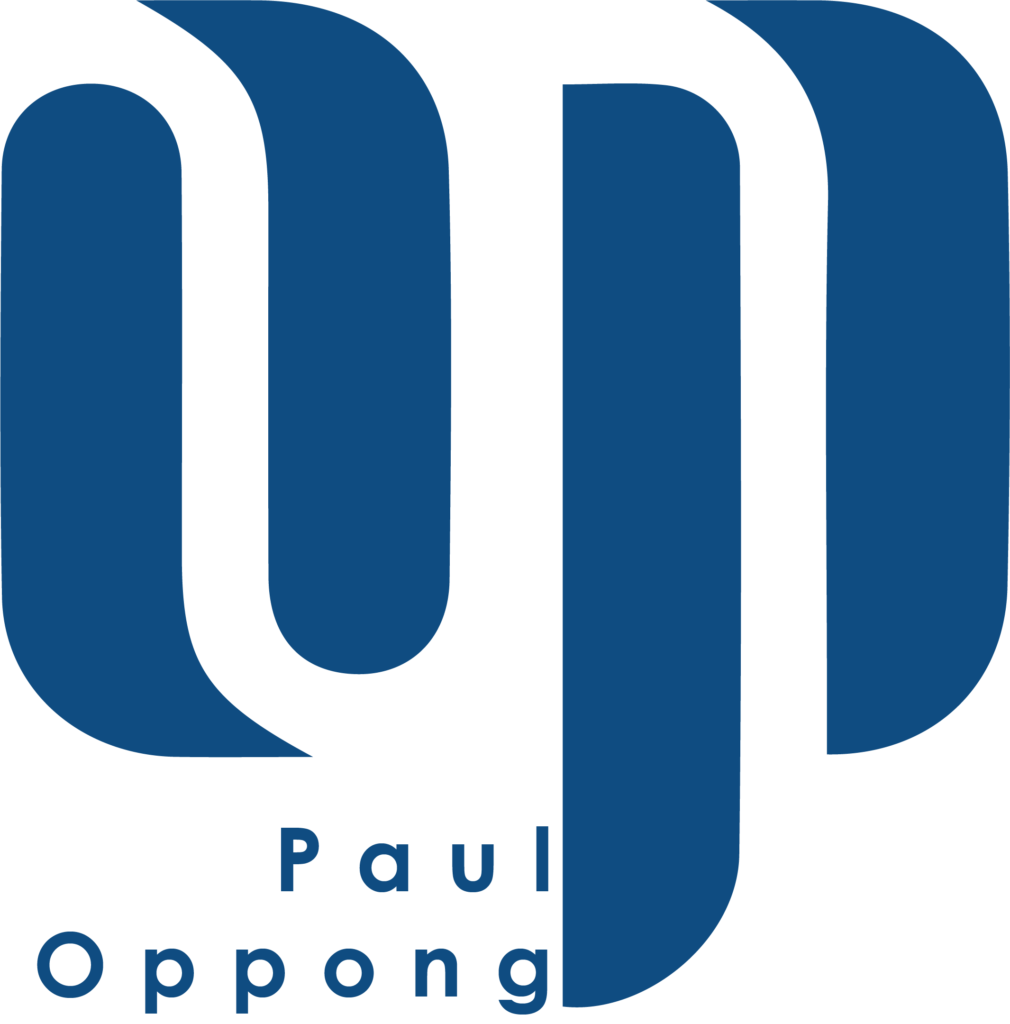As of January 2024, the public sector in New South Wales (NSW) has embarked on a significant transformation with the implementation of the Machinery of Government (MoG) changes. These changes are more than a shift in the operational and administrative structure of public agencies; they mark a broader evolution in the ethos of public service management.
From my work with NSW public sector agencies, I have seen that MoG changes are not just theoretical restructurings; they are deeply rooted in the desire to streamline and enhance service delivery – reorganising departments, redefining roles, and reassigning responsibilities. Motivated by a desire to enhance efficiency, these changes aim to align departments more closely with current governmental priorities and respond proactively to emerging societal needs.
A key development in this transformation is the restructuring of the NSW Department of Planning and Environment into two new entities, with a focus on climate change, energy, environment, water, housing, and infrastructure. This strategic decision has resulted in the formation of the Department of Climate Change, Energy, the Environment and Water (DCCEEW) and the Department of Planning, Housing and Infrastructure (DPHI). These changes aim to streamline decision-making, improve service delivery, and align the government’s structure more effectively with its strategic goals, thereby addressing pressing issues facing the community.
The Impact and Ripple Effects of MoG Changes
The MoG changes in NSW carry profound implications that transcend the confines of government offices, fundamentally altering public service delivery. This evolution demands a work approach that is both agile and responsive, tailored to meet the needs of an evolving society. This transition presents an opportunity to strategically redefine public service for the modern era, moving beyond mere administrative restructuring.
In collaborating with public sector teams, I have seen the ripple effect of Machinery of Government changes, prompting us to re-evaluate project goals and align them with the evolving governmental landscape, needing strategic responses to keep continuity and effectiveness. A significant challenge is the realignment of project goals to fit the new government structure. Projects must now be flexible in adjusting their scopes, deadlines, and expected outcomes to align with the altered departmental goals.
Resource reshuffling is another consequence of the Machinery of Government changes, often leading to disruptions in ongoing projects due to new leadership, changed priorities, or resource constraints. This situation has required innovative management strategies from our teams to ensure project continuity. Moreover, these structural changes have introduced new regulatory and compliance landscapes. Projects must swiftly adapt, revising existing procedures and integrating new guidelines to stay compliant.
Amidst these changes, managing stakeholder uncertainty becomes crucial. Clear, transparent communication and active engagement are essential to address concerns about project futures and their alignment with new governmental directions, thereby supporting trust and smooth project progression. Considering these challenges, public sector entities are compelled to adopt a strategic approach, one that enables them to adapt effectively and thrive in this new and evolving landscape of government operations.
Machinery of Government Changes: Adaptation Strategies and Practical Examples
The following strategies, accompanied by three case studies, offer practical guidance for public sector entities navigating MoG transitions:
Quick Assessment and Alignment
Rapidly assessing the impact of Machinery of Government changes on ongoing projects is crucial. This involves aligning project goals with the new directives and priorities emerging from the restructuring.
- Case Study: Australian Public Service (APS) in response to the COVID-19 crisis, the APS swiftly transitioned its workforce planning from operational to future-focused. A change spearheaded by the APS Centre of Excellence for Workforce Planning. This case study illustrates the agility necessary in crisis response and the strategic alignment of workforce capabilities to meet new demands.
Flexible Project Management
Utilising adaptable project management methodologies are key to accommodating unexpected shifts in scope, resources, or timelines.
- Case Study: Australian Public Service (APS) in response to the COVID-19 crisis, the APS swiftly transitioned its workforce planning from operational to future-focused. A change spearheaded by the APS Centre of Excellence for Workforce Planning. This case study illustrates the agility necessary in crisis response and the strategic alignment of workforce capabilities to meet new demands.
Effective Communication
Clear communication with all stakeholders, including new department heads, team members, and external partners, is essential for alignment on changes and adjustments.
- Case Study: The transformation of Service NSW into a digital, unified service platform highlights the power of effective stakeholder engagement. By focusing on customer experience and empowering frontline staff, Service NSW significantly enhanced customer satisfaction, emphasising the role of comprehensive communication in successful organisational changes
Stakeholder Engagement and L&D
- Stakeholder Engagement: Actively engaging with stakeholders to understand their expectations and concerns post-MoG changes is vital for smooth transitions and building stronger collaborations.
- Learning and Development: Embracing new learning opportunities is critical for understanding and implementing the new policies, procedures, and frameworks introduced by MoG changes.
Each strategy, exemplified by these case studies, highlights the critical role of agility, adaptability, and stakeholder engagement as drivers of transformation within the public sector. By adopting these approaches, public sector entities can successfully navigate and adapt to the ongoing MoG changes.
Conclusion: Fostering a Future-Ready Public Sector
With the 2024 MoG changes now in motion, the NSW public sector faces a pivotal moment of transformation. This period is not merely about adapting; it’s an opportunity to actively shape our future governance.
Public sector leaders and employees are called upon to embrace this transformative era. We have the chance to innovate, to rethink traditional approaches, and to redefine public service delivery into something more efficient, responsive, and citizen centric.
This transition demands our deep engagement, creative thinking, and bold action. We must reflect on past lessons and consider how our roles and teams can contribute to a more dynamic, agile public sector. The strategies we employ today will set the foundation for a robust, future-ready public service.
Let’s unite in a commitment to a vision of governance that is not only effective and efficient but also inclusive and innovative. Embracing these changes, building resilience, and driving progress are essential for the future of NSW’s public sector. Together, let’s step forward, ready to shape and lead the public service of tomorrow.
.

